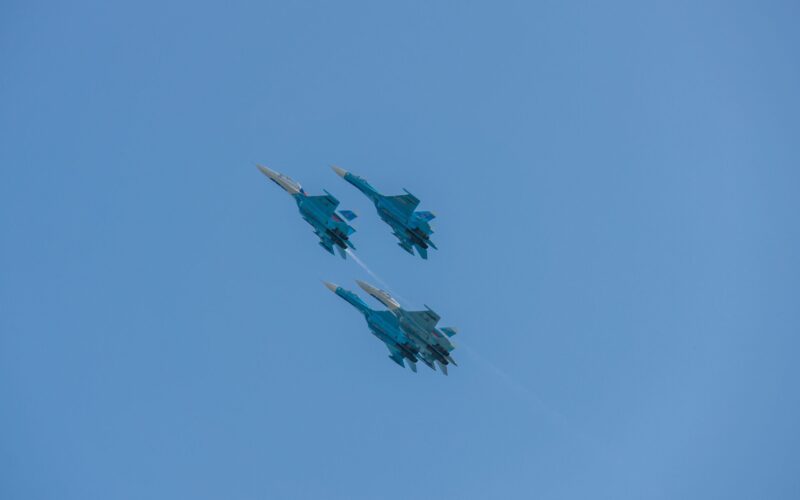A commander of US Air Forces Central (AFCENT) has suggested that reckless and aggressive Russian air force behavior in the Middle East could be a compensatory strategy linked to the Ukraine crisis, but one which nevertheless poses a significant risk to American troops stationed in the region.
There has been a substantial increase in Russian flyovers of US forces, a pattern that has been consistent since at least March 2023. According to AFCENT commandeer Lt Gen Alexus Grynkewich, Russia’s reasoning might be “a way to compensate for the fact that they have had to move capability and capacity out of Syria in order to support the war in Ukraine.”
A particularly alarming incident occurred on March 14, 2023, when a Russian fighter jet collided with a US MQ-9 Reaper drone over the Black Sea. Later, the Russian pilot who caused the incident was rewarded with medals and honored with Orders of Courage by Moscow.
The US has attempted to counter these provocations. On June 14, 2023, stealth fighter jets F-22 Raptors were deployed from Langley Air Force Base, US to the Middle East. The F-22 is touted as the best fifth-generation fighter in the world, and the launch was part of “a clear demonstration” of force in response to Russia’s actions.
Despite these measures, Grynkewich has warned that the aggressive behavior from Russia may worsen.
“The biggest risk for all of us is these aircraft are not flying on training missions; they are on combat missions. Our aircraft have live weapons on board; the Russian aircraft have live weapons on board,” Grynkewich said in a special briefing hosted by the State Department. He added: “This kind of behavior just really increases the risk of a miscalculation, some sort of an incident occurring that’s unintentional.”
Furthermore, the provocations divert the US’ attention away from counterterrorism efforts. The terror group ISIS, described as “down but not out,” continues to operate in areas under the control of Russians, running training camps and building up their capabilities.
Additionally, there is a threat from Iran, which is continuing to develop its ballistic missile program and has a growing relationship with Russia.
“Iran has been selling unmanned aerial vehicles to the Russians, and they have been using those against Ukrainian forces,” Grynkewich commented. “My sense is that Iran feels that Russia owes it something and that Russia is in some way now beholden to Iran.”
Currently, the US has over 30,000 troops deployed across about 30 bases in the Middle East region.

